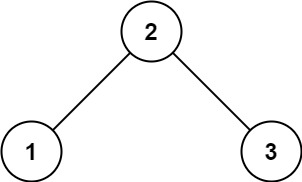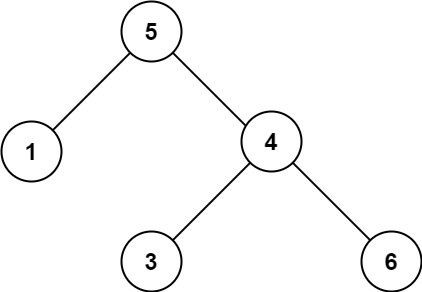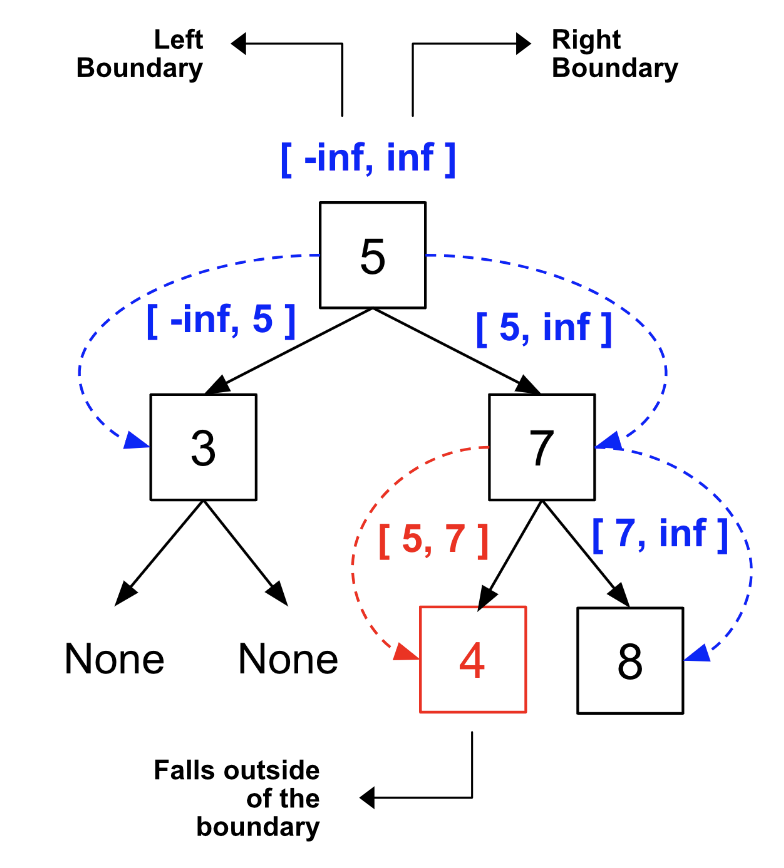Tree - Validate Binary Search Tree
All diagrams presented herein are original creations, meticulously designed to enhance comprehension and recall. Crafting these aids required considerable effort, and I kindly request attribution if this content is reused elsewhere.
Difficulty : Easy
PreOrder DFS, Set Min and Max Boundary
Problem
Given the root of a binary tree, determine if it is a valid binary search tree (BST).
A valid BST is defined as follows:
- The left subtree of a node contains only nodes with keys less than the node’s key.
- The right subtree of a node contains only nodes with keys greater than the node’s key.
- Both the left and right subtrees must also be binary search trees.
Example 1:
1
2
Input: root = [2,1,3]
Output: true
Example 2:
1
2
3
Input: root = [5,1,4,null,null,3,6]
Output: false
Explanation: The root node's value is 5 but its right child's value is 4.
Solution
We will be solving this using PreOrder DFS. So the struture of the code will be.
flowchart LR
A["Base Condition"]-->B["Validate Root Node"]-->C["Traverse Left and Right Nodes"]
Base Condition
The base condition is all None nodes are valid, so need to return True.
1
2
if not root:
return True
Validate Root Node
Now based on the condition of the valid BST above,we need the boundaries for each node. As long as the node value is with in the boundary, its valid. For any left subtree, current root node value is the max value and for right substree the current root node value is the min value. So we need to pass this min_val and max_val to our dfs() function.
1
2
3
4
5
6
def dfs(root, min_val, max_val):
if not root:
return True
if not (root.val > min_val and root.val < max_val):
return False
Traverse
Now traverse through left and right children. The only logic here to set the max_val and min_val accordingly. In case any one children returns False this function call should return False as well.
1
return dfs(root.left, min_val, root.val) and dfs(root.right, root.val, max_val)
Finally we can call the dfs() function for the first time by passing the root node and [-inf, +inf] as the min_val and max_val
1
return dfs(root, float('-inf'), float('inf'))
Visualization
Here is the visualization of the problem.
Final Code
Here is the full code.
1
2
3
4
5
6
7
8
9
10
11
12
13
14
15
16
17
18
19
20
21
# class TreeNode:
# def __init__(self, val=0, left=None, right=None):
# self.val = val
# self.left = left
# self.right = right
def is_valid_bst(root:TreeNode):
def dfs(root, min_val, max_val):
if not root:
return True
if not (root.val > min_val and root.val < max_val):
return False
return dfs(root.left, min_val, root.val) and dfs(root.right, root.val, max_val)
return dfs(root, float('-inf'),float('inf'))


